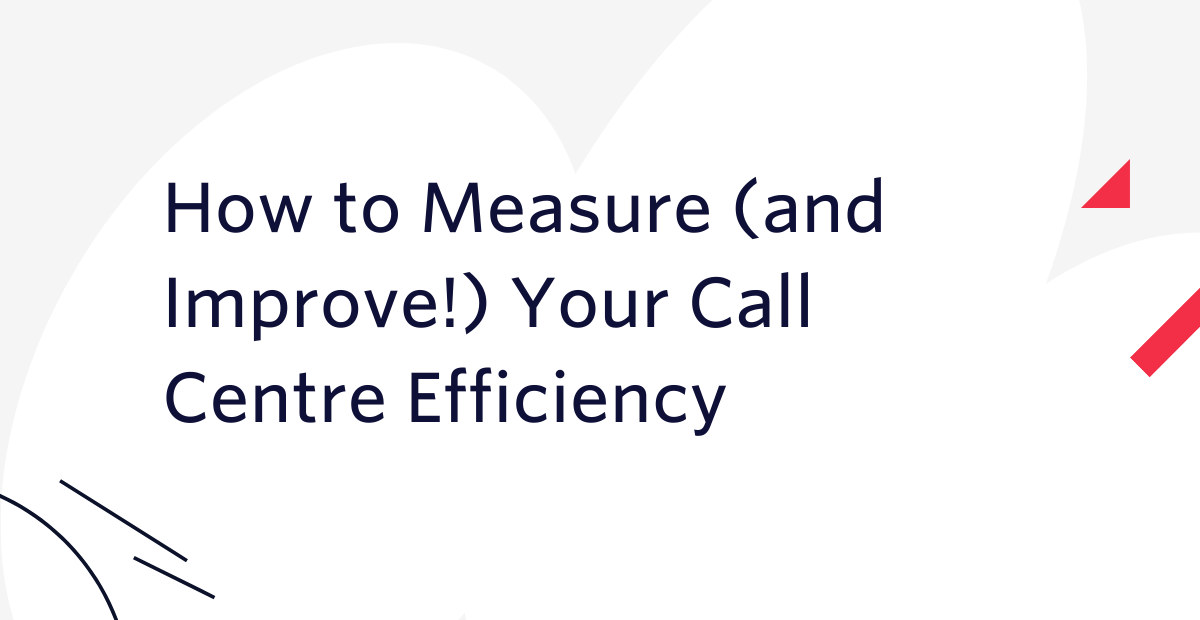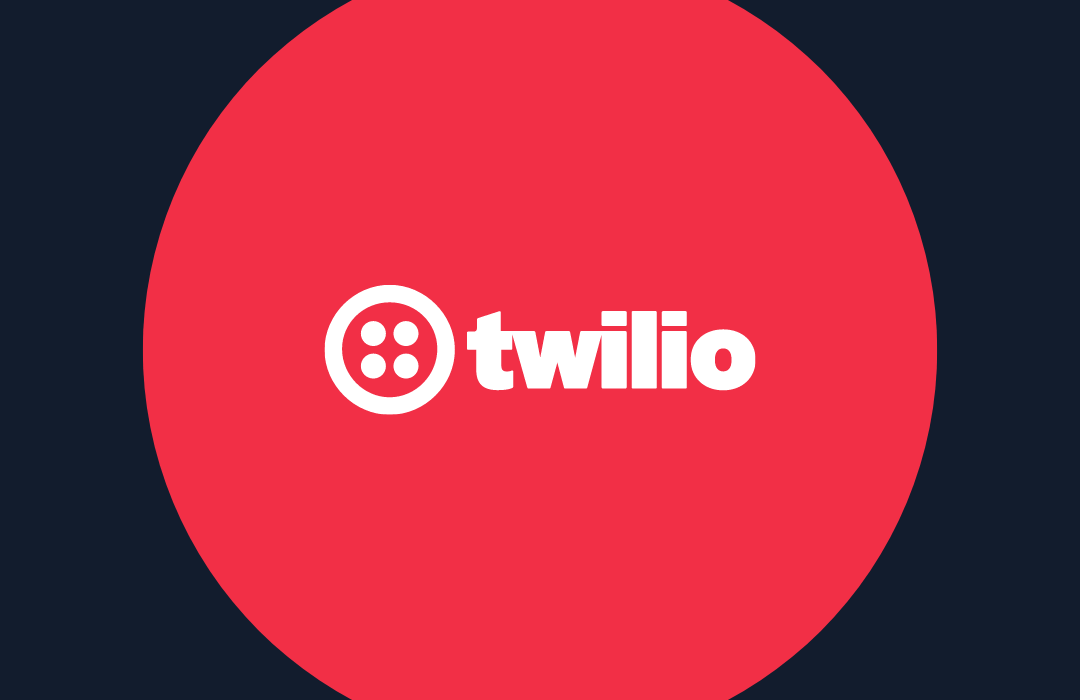How to Measure (and Improve!) Your Call Centre Efficiency
Time to read: 4 minutes

Advantages of a data-driven contact centre
You can’t fix a problem if you don’t know exactly what it is—or worse, if you don’t know you have one. Regularly collecting, analysing, and acting on call centre data to root out and address inefficiencies can improve your customers’ call centre experience. It also gives your business an edge over the competition.
The right call centre efficiency metrics can help you:
- Manage your workforce more effectively with targeted training
- Control costs by improving return on investment (ROI)
- Drive customer satisfaction and loyalty
- Gain insights into your customers to apply to call centre performance, overall marketing, and product strategies
Despite the advantages, one survey found that only 37 percent of organisations use ‘advanced analytics effectively to create value’. Below, are a few key call centre efficiency metrics to consider when making sure your business isn’t missing out on the opportunity to learn, improve, and grow.
Dead-air & cross-talk complications
In the call centre world, dead air refers to silence on the line between an agent and customer—and it’s also something to avoid.
Measuring dead air and evaluating its causes—whether it’s an agent looking up information or the time a customer has to wait on hold—can help your company look for solutions to provide better customer service and maximise productivity. With the right platform, you not only see which calls had dead air but also open a recording of each call to hear what might have caused it.
Cross-talk occurs when agents and customers speak at the same time, or an agent interrupts a customer. It can cause misunderstandings and frustration, so it has an extremely negative impact on customers' impressions. Not to mention actual problem-solving.
Measuring and assessing situations where cross-talk occurs can help you address and avoid this common call centre pitfall. As with dead air, the ability to listen to recorded calls with cross-talk can help you find the right solution to the problem.
Time is of the essence
While all call centre issues don’t involve time, it’s definitely of the essence when it comes to efficient operations. Time is one of the most important call centre efficiency metrics to measure. Specific types of time to evaluate include:
- Queue time: This measures how long it takes for a representative to answer a customer call after they enter your system. Too long of a queue time can result in customer frustration and even call abandonment.
- Hold time: This measures the amount of time a customer spends on hold after a representative answers the call. Lengthy hold times can frustrate customers even more, especially after being in queue for a representative for a while.
- Talk time: This measures the length of the conversation between the representative and the customer. Long talk times are not always bad, which is why data needs to consider the context.
- Wrap-up time: This measures how long an agent spends after a call in filing data, filling out forms, etc. Generally, the shorter this time is, the better.
What these measurements signify depends on your organisational goals. Lengthy talk times are not always bad if it means an agent’s commitment to solving a customer’s problem.
For instance, certain industries with more technical services, such as a software helpline, may have extremely long talk times, as representatives tend to carefully walk customers through complicated issues. It’s never a good idea to trade shorter talk times for a worse customer experience.
Understanding what the metrics mean in the context of your specific business and industry can help you see whether and where improvements are necessary.
For more call centre metrics to track, take a look at our article, 21+ Call Center Metrics Every Contact Center Should Track.
Don’t let your customers abandon all hope
Long wait times with no updates or information, annoying hold music, confusing interactive voice response (IVR) menu options—all of these things can lead to high abandon rates. Abandon rates refer to the total number of calls in which a customer hangs up before a representative answers.
If your call abandon rate is higher than average (about 5% to 8% is the industry standard), you may have a lot of dissatisfied customers. This means you risk your company’s reputation as well as the opportunity to gain repeat customers or upsell new products or services.
Where to find customer satisfaction metrics
How can you find out how satisfied (or not) your customers are with their call centre experience? Ask them! Sending out surveys after call centre interactions via text, email, or the IVR system can provide you with some valuable call centre efficiency metrics, such as:
- How engaged the customer is
- How satisfied the customer is with service from your call centre
- How easy or difficult it was to resolve the customer’s issue
- How likely the customer is to recommend your company to others
Other metrics that can help measure customer satisfaction and don’t depend on whether customers complete a survey include customer retention, net promoter score (NPS), and churn rates.
Happy customers tend to come back for more products or services, while unhappy ones often don’t bother to communicate their irritation and disappointment—they just disappear. If you see a lot of churn and not many return customers after call centre contact, it’s time to look at some of the other metrics outlined here to identify the problem.
Get a detailed view of call centre efficiency with Twilio Flex
Data-driven call centre efficiency metrics can provide insights and measurements to help you continuously identify and address areas needing attention. Whether customers are annoyed by long waits on hold or can’t navigate their way through your IVR system, metrics can help you zero in on where you can improve the efficiency of your call centre operations. The result: better call centre service and more satisfied customers.
See how Twilio Flex gives supervisors more insight into the contact centre: Watch the demo.
Related Posts
Related Resources
Twilio Docs
From APIs to SDKs to sample apps
API reference documentation, SDKs, helper libraries, quickstarts, and tutorials for your language and platform.
Resource Center
The latest ebooks, industry reports, and webinars
Learn from customer engagement experts to improve your own communication.
Ahoy
Twilio's developer community hub
Best practices, code samples, and inspiration to build communications and digital engagement experiences.

